Nodes graph structures
Nodes in graph structures are fundamental components that represent entities or objects within a network. Each node, also known as a vertex, can hold various attributes that provide additional information about the entity it represents. In a graph, nodes are interconnected by edges, which signify relationships or connections between them. This structure allows for the modeling of complex systems, such as social networks, transportation systems, or biological interactions. Understanding nodes and their relationships is crucial for analyzing and interpreting the underlying data represented in graphs, enabling insights into patterns and behaviors within the network.

Graph Structures
Graph Structures Debugging or profiling code written in Theano is not that simple if you do not know what goes on under the hood. This chapter is meant to introduce you to a required minimum of the i...
📚 Read more at Theano Tutorial🔎 Find similar documents

Node2Vec — Graph Embedding Method
Graphs are common data structures to represent information with connections. For example, protein-protein interaction, where nodes represent proteins, and an edge indicates a biological interaction…
📚 Read more at Towards Data Science🔎 Find similar documents
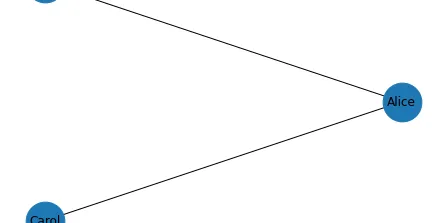
Graphs
This notebook is adapted from Chapter 2 of Think Complexity . Click here to run this chapter on Colab Graph A graph is a collection of nodes and edges, where nodes often represent objects or ideas, a...
📚 Read more at Data Structures and Information Retrieval in Python🔎 Find similar documents
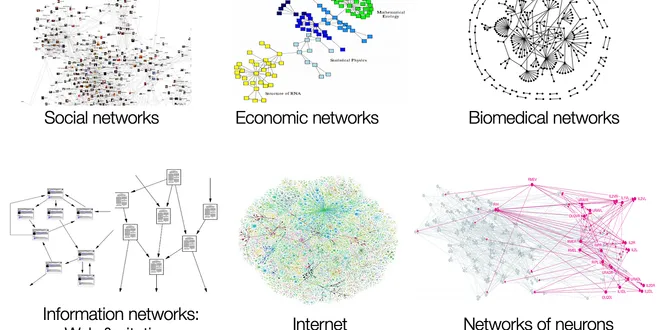
Graph theory
Graphs (G) are special data structures that are composed of vertices (a.k.a nodes V) and edges (a.k.a. links E) G(V, E). Edges can be weighted and represent, for example, a distance between cities.
📚 Read more at Towards Data Science🔎 Find similar documents

Everything about Graph Data Structure : An Overview
Everything about Graph Data Structure : An Overview Photo by Guille Álvarez on Unsplash Below is a Graph Data Structure A graph consists on Vertices (also called as nodes) and Edges. Claps and Follow...
📚 Read more at Javarevisited🔎 Find similar documents
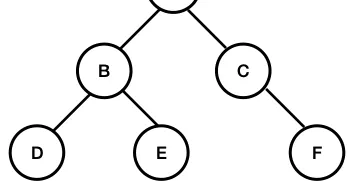
Quick Guide to Graph Traversal Analysis
A graph is a data structure composed of a set of objects (nodes) equipped with connections (edges) among them. Graphs can be directed if the connections are oriented from one node to another (e.g…
📚 Read more at Towards Data Science🔎 Find similar documents

Graphs
General concepts Definition A graph G G G is defined by its vertices V V V and edges E E E and is often noted G = ( V , E ) G = (V, E) G = ( V , E ) . The following table summarizes the two main t...
📚 Read more at Super Study Guide🔎 Find similar documents
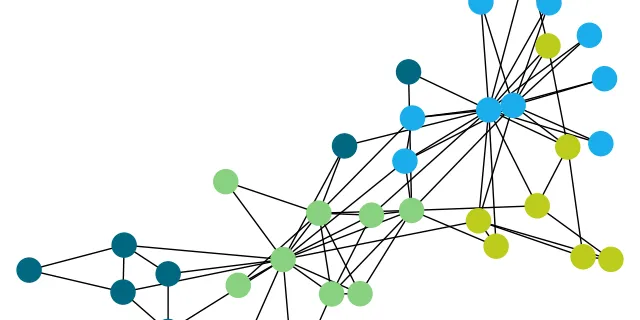
Graph Partitioning with Discrete Quadratic Model Running on DWave Quantum Annealer
A graph is a data structure composed of a set of nodes connected by edges. Graphs are everywhere: they can represent a network of friendship, the connection between factories and stores, airports…
📚 Read more at Towards Data Science🔎 Find similar documents
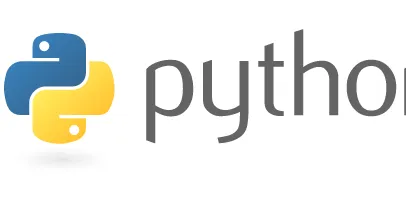
— Functionality to operate with graph-like structures
graphlib — Functionality to operate with graph-like structures Source code: Lib/graphlib.py class graphlib. TopologicalSorter ( graph = None ) Provides functionality to topologically sort a graph of ...
📚 Read more at The Python Standard Library🔎 Find similar documents
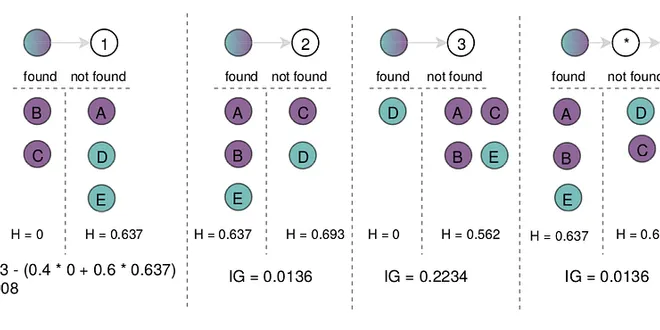
Explainable, efficient and accurate node classification in Knowledge Graphs
Graphs are data structures that are useful to represent ubiquitous phenomena, such as social networks, chemical molecules and recommendation systems. One of their strengths lies in the fact that they…...
📚 Read more at Towards Data Science🔎 Find similar documents

Working with Graph Data — Vert.x and Neo4j
Graphs are a powerful and versatile data structure that easily allow you to represent real life relationships between different types of data (nodes). There are two main parts of a graph: Directed…
📚 Read more at Level Up Coding🔎 Find similar documents

A Comprehensive Guide to Graph Search in Python
A Graph is a data structure consisting of finite number of nodes (or vertices) and edges that connect them. Consider the picture below: The numbered circles are nodes with the lines connecting them…
📚 Read more at Python in Plain English🔎 Find similar documents

